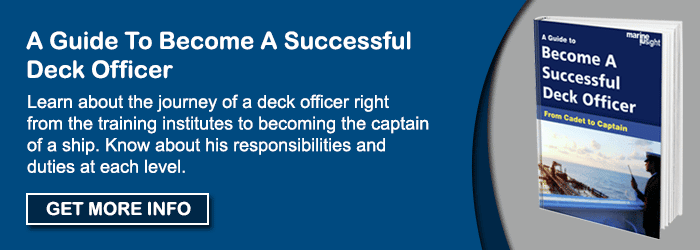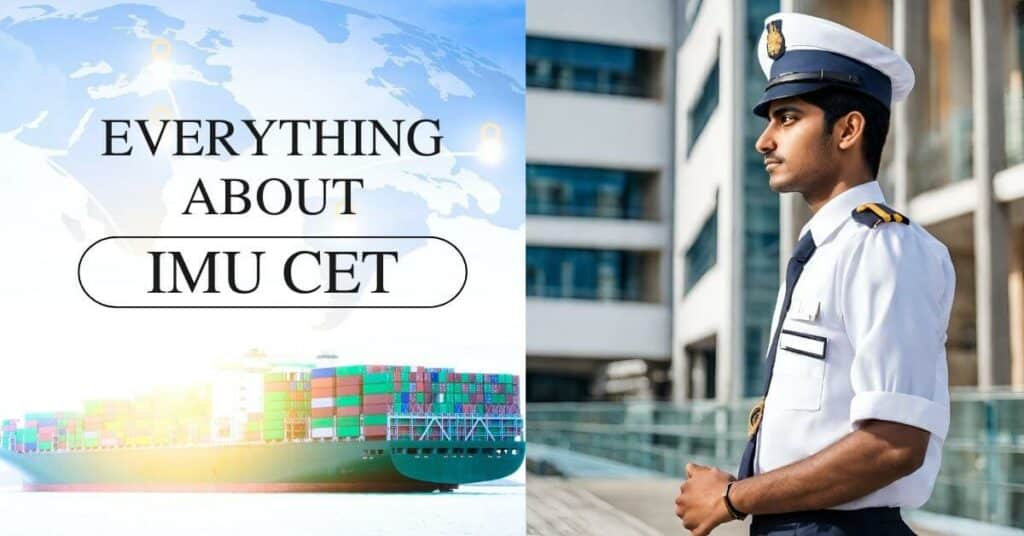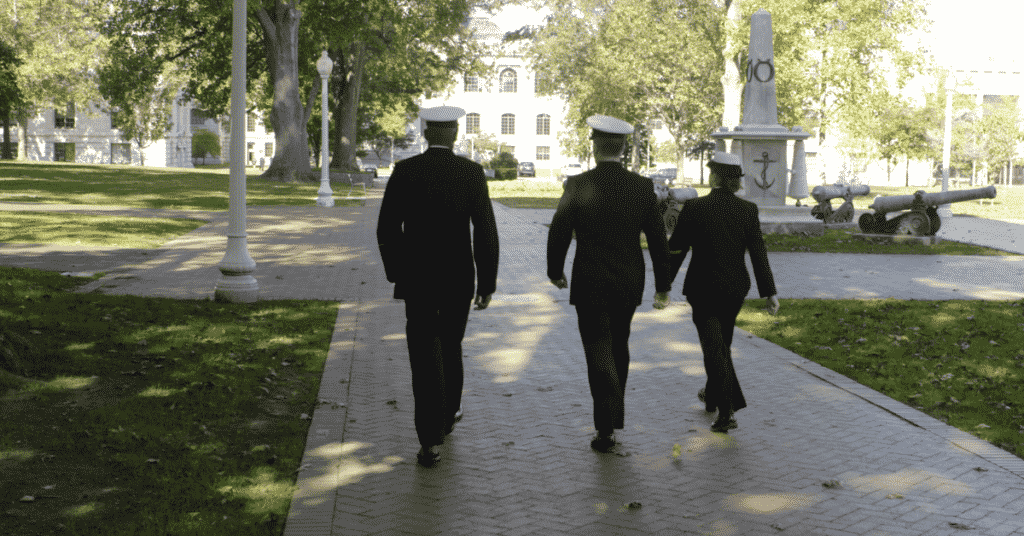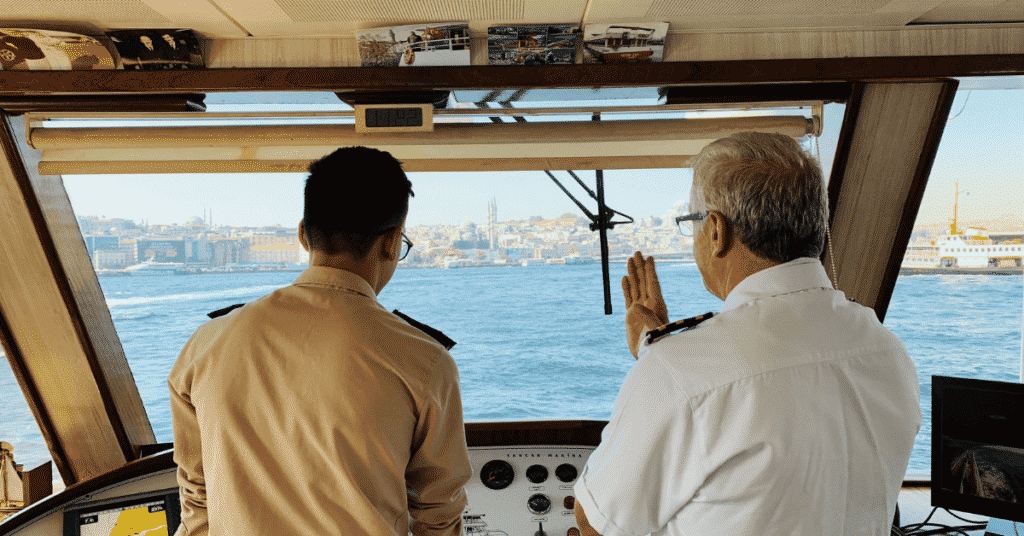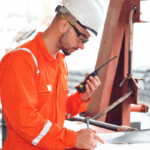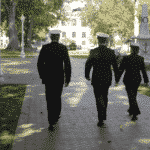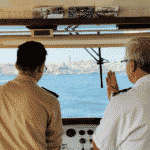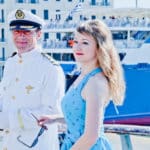How To Become a Cruise Ship Captain: Qualification, Lifestyle & Responsibilities
If cruise ships look like giant palaces or flashy kingdoms afloat on the ocean, adorned with all their glitz and glamour, it wouldn’t be an overstatement that the captain in command of these ships is undoubtedly the king of these floating kingdoms.
The captain undoubtedly, as it is in the case of cargo ships too, has the overall and overriding responsibility of everything related to that ship across departments and holds the highest office on the ship.
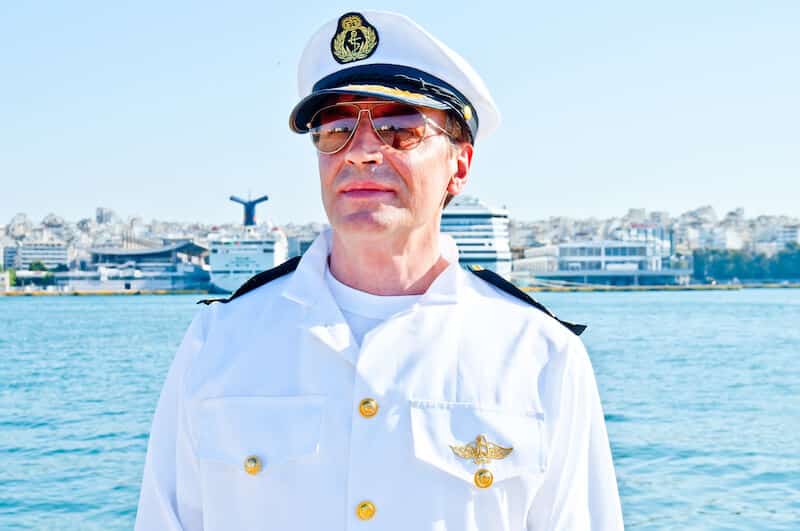
Unlike cargo ships though, cruise ships have multiple departments, divided across deck, engine, hotel and entertainment. Although each department has its own leader, they all have to report to the captain ultimately.
Related reading: Engineering Department Onboard Cruise Ships – A Detailed Guide
Therefore, the role of the captain becomes much more diverse and complex than on cargo ships. A cruise ship captain needs to excel in leadership, management, multi-tasking and decision-making skills in order to be able to successfully preside over the everyday operations of the cruise ship.
While the position of a cruise ship captain is an extremely lucrative, honourable and prestigious rank to hold, it is not without its share of responsibilities. The captain is responsible and answerable for every operation & incident that occurs on the ship under his command.
From manoeuvring the ship in and out of ports, narrow channels, rough seas and heavy weather to overseeing guest comfort and satisfaction, hygiene, quality, food, safety and security, managing ship and shoreside staff, steering committee, managing surveys and coordinating with departmental heads for everyday operations, the captain has to be capable to do it all.
The responsibility of a captain is so huge that they are directly answerable even for mishaps and accidents involving their ships.
Related Reading: How Are Cruise Ships Powered?
Failure to effectively manage crisis situations, make quick & informed decisions and prioritize the safety of lives can be detrimental to the career or in the worst case, the future life of the captain.
The above was highlighted in the case of the captain of the cruise ship Costa Concordia, which met a terrible fate in 2012.
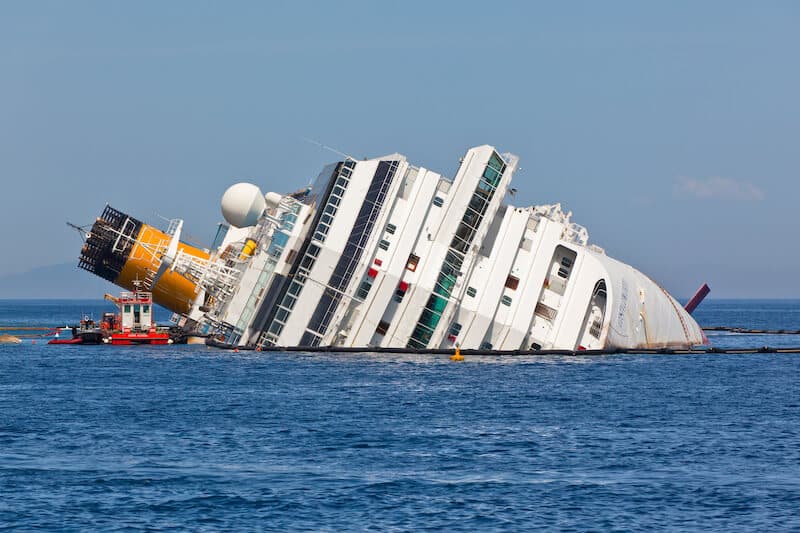
The above vessel capsized after hitting rocks near the island of Giglio near the Italian coast on 13th January 2012. This occurred when the captain ordered the helmsman to steer the ship closer to the island for a maritime salute, a manoeuvre which although the ship had done successfully many times previously was to prove fatal on that night.
Reportedly due to miscommunication between the captain and the Indonesian helmsman, the ship steered closer to the island than usual and by the time the captain realized this and ordered course correction, the ship hit a rock which caused a 174 ft to tear on the port side.
The ship, thereafter started taking in water rapidly and 5 compartments including the engine room got flooded, the ship lost power and started drifting.
Due to wind, loss of propulsion and steering and rapid flooding, the ship changed direction, ran aground and also started listing severely to the starboard side.
The captain, who even after realizing that the ship was flooding, did not immediately call for evacuation or help. In fact, on being contacted by the coastguard, he gave inaccurate information that the ship was only experiencing a loss of power and requested tug assistance.
The result was that by the time he finally gave the order for an evacuation, the ship had started listing severely. In fact, crew members on realizing the grave situation and the captain’s indecision had already launched many lifeboats.
The captain’s indecision, mismanagement of the crisis and concealment of information, in this case, caused the loss of 32 lives as due to the increasing list, more lifeboats could not be launched.
To make matters worse, he fled from the ship even when more than 300 people still remained on board, while it started listing. This included passengers and many crew members.
Despite repeated calls and even orders from an Italian coast-guard officer reminding him of his responsibilities as the captain and for him to return on board, he did not return and shirked from his responsibility of ensuring the safe evacuation of all crew and passengers.
Although with the help of the coastguard and other ships, almost all the remaining persons were eventually evacuated by the next morning, the captain was charged with dereliction of his duties and responsibilities, abandonment of the vessel along with his crew, causing the accident and the death of so many people.
He pleaded guilty despite initially denying and calling himself a scapegoat and was sentenced to a 16-year prison term.
Therefore, through the above case, we can understand that how critical the captain’s responsibilities are.
It’s clear that how so ever rosy a captain’s chair and his paycheques may seem, it’s still a highly responsible job as he is accountable for not only his own actions but the actions of other crew-members as well on board his ship.
Qualifications required to become a cruise ship captain
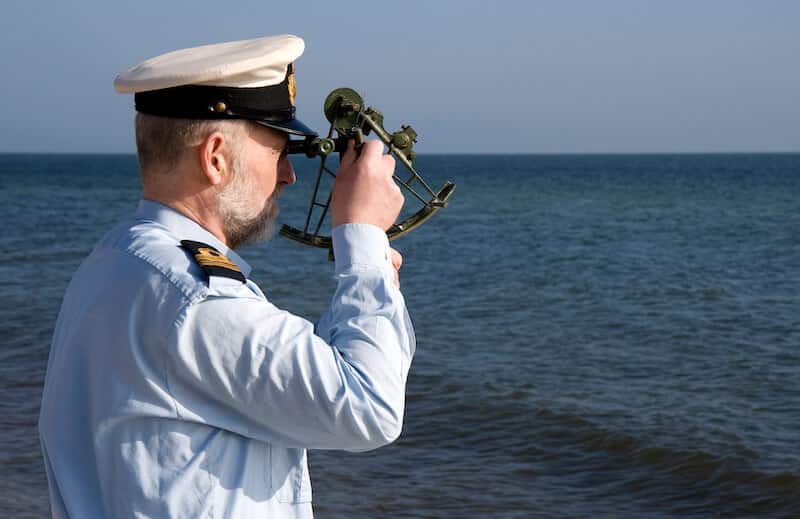
The qualifications required to become a cruise ship captain are not much different from that of merchant ship captains.
A degree or diploma in Nautical Science is followed by onboard training as cadets or apprentice officers lasting several months.
Thereafter, the aspiring candidates are considered eligible for the 2nd Mate examination, on passing which they are qualified to work as 3rd Officers onboard cruise ships.
Further qualifications are acquired by passing subsequent Nautical examinations for Chief Mate and thereafter, Master although there could be some differences in the rules and procedures from country to country.
A Nautical officer on cruise ships too rises through the ranks subject to passing these examinations and also onboard promotions, which depend on performance and experience.
The journey from a Third Officer to a Captain can take several years (usually 15-20 years) as an officer may have to serve at many intermediate ranks for considerable periods of time.
The intermediate ranks are namely Second Officer, First Officer-Navigation, First Officer-Environmental (in many cruise lines this rank is specifically known as Environmental Officer), Chief Officer, Chief Officer-Safety (This rank is also known as Safety Officer), Staff Captain and Captain.
Brief description of ranks on Cruise Ships
Captain: In-command and overall in-charge of the ship. Assumes total responsibility and overriding authority, especially in the matters of safety, security and environmental protection.
Staff Captain: Second in command on board and in charge of the deck/nautical department. Serves as deputy to the captain and should be ready to step into the captain’s shoes in case of unavailability of the captain, emergencies & unforeseen circumstances.
Chief Officer (Safety): Overall in charge of all safety-related equipment, plans, procedures, training and drills onboard.
Chief Officer: Overall in charge of deck operations and maintenance.
Environmental Officer: In charge of overseeing all environmental operations viz. garbage segregation, waste collection & disposal, documentation (ensuring upkeep and updating of environmental record books), upkeep of company environmental policies, local laws of the port state pertaining to environmental protection, environmental training and drills.
First Officer (Navigation): The senior watchkeeping Officer in charge of the Navigational watch on the bridge. Responsible for all navigational and watchkeeping related issues and upkeep of documentation pertaining to them.
Second Officer: Also, an Officer in charge of a navigational watch.
Third Officer: First assistant to the senior watchkeeping Officer in charge of the bridge i.e., First or Second Officer. He reports to the First/Second Officer during a navigational watch on the bridge.
Cadet: Trainee navigational officer, usually a degree or diploma holder, fresh out of a maritime navigational training institution.
Apprentice Officer: Usually a trainee who is undergoing his onboard training as part of a maritime curriculum where the training forms a compulsory part of his degree/diploma course.
The above is a general description of the various ranks of the nautical/deck department and their duties and responsibilities, onboard passenger ships. This is only to give an idea and these ranks and/or duties may vary slightly from company to company.
Related reading: A Guide to Merchant Navy Ranks
Lifestyle and salary of a cruise ship captain
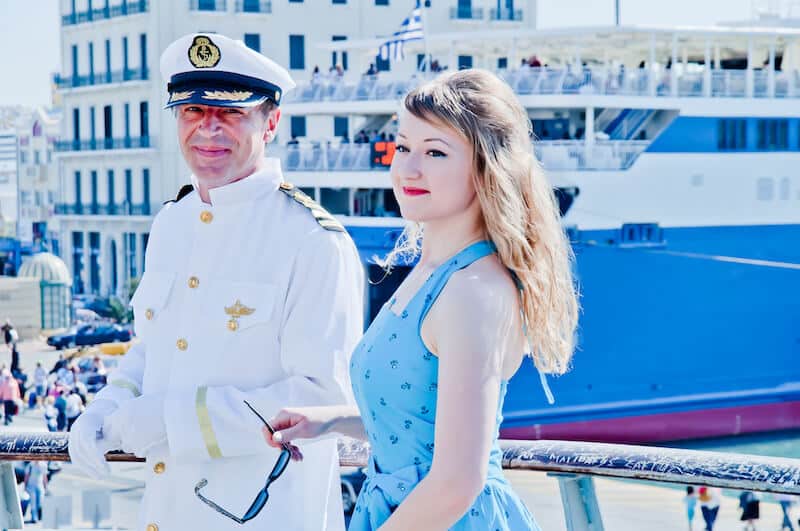
The captain undoubtedly, enjoys a status of a king on board passenger ships, being the ship’s supreme commander, as we have seen and therefore, enjoys many perks and benefits.
These may include five-star accommodation onboard akin to deluxe passenger suites, room-service, company-sponsored first-class flight travel, short contracts of about 2 months and paid vacations, amongst others.
The salary that a cruise ship captain earns is usually in the range of 15000-25000 USD per month, depending upon rank experience, seniority and company pay scale.
To conclude, it would just be fair to say that although a cruise ship captain enjoys a high pay package and many perks and facilities, and is valued as a prestigious position, what comes along with all that glitter is a mountain of responsibility and accountability not only towards his own work but also towards the actions of each and every crew-member on the ship he commands.
He has to lead by example and epitomize excellent management skills in a multifaceted, multi-skilled and multi-disciplinary cruise ship, which has many hundreds of crew-members and thousands of passengers at any given time, as all the crew will look up to him as an inspiration.
He has to ensure that he runs a tight ship by coordinating efficiently with each department on board and the company shoreside.
He also has to make sure that the ship is up-to-date with all the inspections and certifications, is in compliance with all international, flag state and port state rules and regulations.
Most importantly, he should be capable of handling extreme pressure, as he may have to tackle accidents and sudden emergencies (like what happened to the Costa Concordia) and will have to make quick decisions that may impact thousands of lives onboard.
And finally, if after everything, he is unable to salvage his vessel, he will be the one to make the decision to abandon ship and ensure that each and every soul on board is evacuated to safety before himself, because as the captain, he should be the last person to leave the ship, unlike in the case of the Costa Concordia.
Therefore, the crown of the captain may be engraved with many precious jewels, but there is no doubt that it sits heavy on his head!
You might also like to read:
- The Ultimate Guide To Join Merchant Navy
- Watch: Merchant Navy Salary: How Much Do They Earn?
- Joining The Merchant Navy After Class 12th in India
- 8 Things to Keep in Mind Before Joining Merchant Navy
- 10 Reasons Why a Career in Merchant Navy is Unlike Any Other
Disclaimer: The authors’ views expressed in this article do not necessarily reflect the views of Marine Insight. Data and charts, if used, in the article have been sourced from available information and have not been authenticated by any statutory authority. The author and Marine Insight do not claim it to be accurate nor accept any responsibility for the same. The views constitute only the opinions and do not constitute any guidelines or recommendations on any course of action to be followed by the reader.
Do you have info to share with us ? Suggest a correction
Latest Marine career Articles You Would Like:
Subscribe To Our Newsletters
By subscribing, you agree to our Privacy Policy and may receive occasional deal communications; you can unsubscribe anytime.



